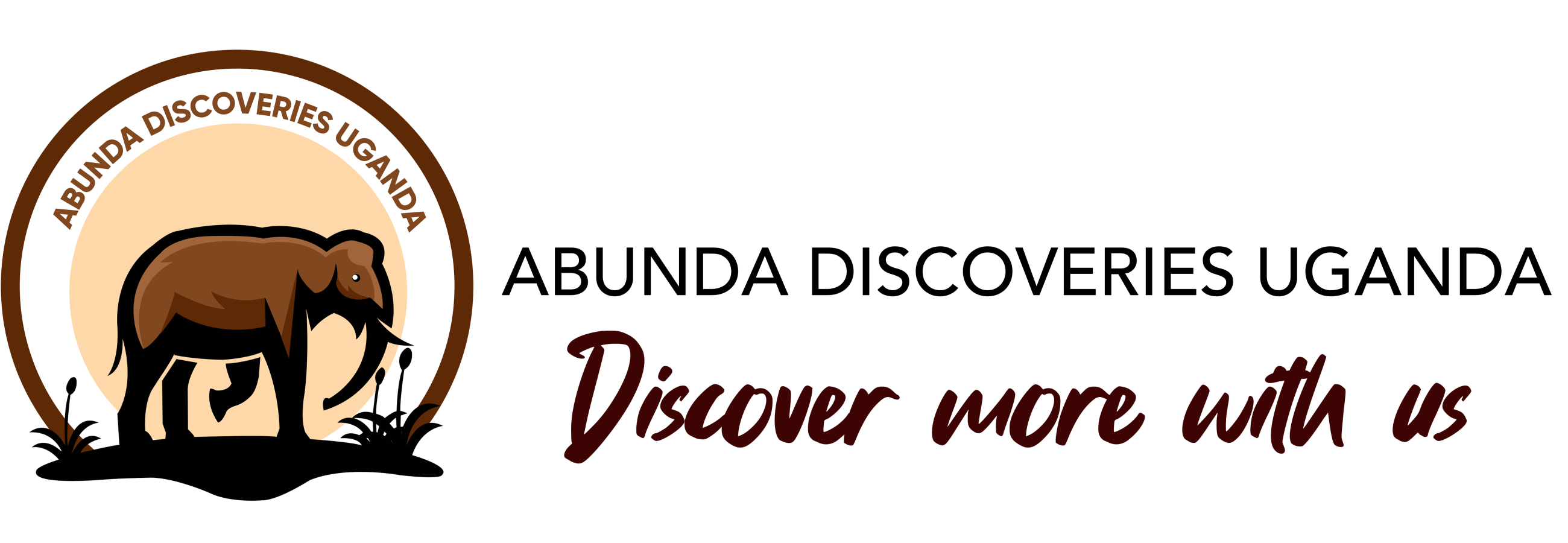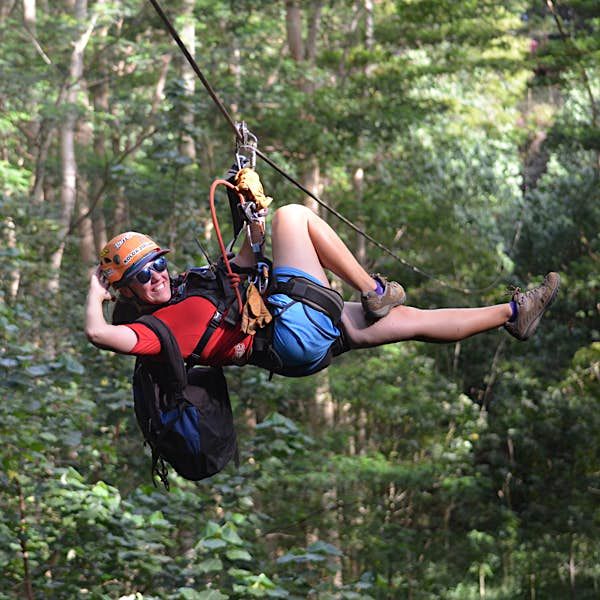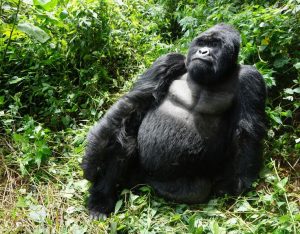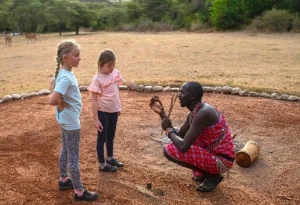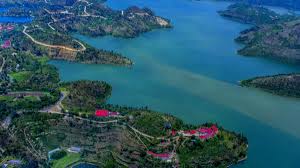What Makes Zip Lining in Mabira Forest Unique and Thrilling?
Mabira Forest is one of Uganda’s largest natural rainforests, covering more than 300 square kilometers between Kampala and Jinja. It is a hub for eco-tourism and adventure, and its canopy zip line, known as the Mabira Forest Canopy Super Skyway, offers a rare opportunity to glide above the treetops of a tropical rainforest. Zip Lining in Mabira Forest
The zip line consists of five interconnected lines stretching across about 250 meters. Suspended high above the canopy, riders soar across River Musamya and get a bird’s eye view of the dense forest. This activity is not only about adrenaline but also about the scenery. Zip liners often spot red-tailed monkeys, grey-cheeked mangabeys, and a wide range of tropical birds such as the great blue turaco, African fish eagle, and hornbills.
What makes this experience unique is the blend of adventure and nature. Unlike urban zip lines or short tracks in recreational parks, this one immerses you in a living rainforest where you become part of the ecosystem, if only for a few hours.
How Can I Get to Mabira Forest and Book the Zip Lining Experience?
Mabira Forest is located along the Kampala–Jinja Highway. From Kampala, the journey takes roughly two hours by car, while from Jinja, it’s about 30 minutes. The zip-lining activity is based at Griffin Falls Camp, which is situated about 8 kilometers off the main highway after Lugazi town.
Upon arrival, visitors are welcomed with a safety briefing and are fitted with helmets, harnesses, and gloves. Professional guides explain the procedures and ensure that every participant understands how to zip safely. From there, a short hike through the forest leads to the starting platform built high up in a large tree.
The booking process is straightforward. Travelers can book through local tour operators, directly at Griffin Falls Camp, or through adventure companies that offer packages. It is advisable to book in advance, especially during peak seasons, to secure a spot.
Is Zip Lining in Mabira Forest Safe?
Yes, zip lining in Mabira Forest is very safe. The equipment used meets international safety standards, and all gear harnesses, ropes, helmets, and carabiners—is imported specifically for high-rope activities.
Each zip liner is attached securely before departure and released carefully after landing by trained guides known as Sky Captains. The staff undergo professional training and accompany participants throughout the entire experience. Before the actual ride, everyone participates in a detailed briefing and a trial session to ensure comfort with the equipment.
Safety protocols are also supported by the fact that the platforms are well maintained, and guides double-check all connections before each ride. The combination of strict safety procedures and high-quality equipment makes the adventure both thrilling and secure.
How Much Does Zip Lining in Mabira Forest Cost?
The cost of zip lining in Mabira Forest varies depending on whether you are a local resident, an East African resident, or an international visitor.
-
Ugandan citizens usually pay between 60,000 and 90,000 Ugandan shillings.
-
East African residents may pay slightly more, around 100,000 to 150,000 Ugandan shillings.
-
International visitors typically pay around 50 to 60 US dollars for the experience.
Some operators also offer packages that include zip lining, nature walks, lunch, and transport from Kampala or Jinja. These packages may range between 80 to 100 US dollars, depending on the services included.
Group discounts are often available, especially for groups of 10 or more people. Booking in advance is not only recommended but sometimes necessary to access such discounts.
What Can I Expect During the Zip Lining Experience?
The entire zip-lining experience lasts about two to three hours. It begins with a safety orientation and equipment fitting at Griffin Falls Camp. Participants are then guided on a short forest hike to reach the starting platform.
The thrill begins as you step onto the first platform, located about 12 meters or more above ground. From there, you launch yourself across the first of five zip lines. Each line takes you deeper into the forest, with spectacular aerial views of River Musamya and the thick canopy.
During the ride, you will likely hear the calls of birds and possibly see monkeys leaping across the treetops. The final line lands you near Griffin Falls, after which you descend on foot through a nature trail back to the camp.
The ride is not just about speed—it is about absorbing the environment from a unique angle that few people ever experience.
What Wildlife and Scenery Will I See While Zip Lining?
Mabira Forest is rich in biodiversity. While zip lining, you are likely to encounter several species of wildlife:
-
Primates: red-tailed monkeys, vervet monkeys, and grey-cheeked mangabeys are often spotted swinging in the branches.
-
Birds: the forest is home to more than 300 bird species. Popular sightings include the African fish eagle, palm-nut vulture, African pied hornbill, great blue turaco, and black-and-white casqued hornbill.
-
Scenery: the view of Griffin Falls and River Musamya adds a refreshing element to the adventure, while the layers of forest vegetation—from the understory to the canopy—unfold beneath you.
This blend of wildlife and landscape is what makes zip lining in Mabira Forest more than just an adrenaline activity. It doubles as an eco-tourism experience.
What Other Activities Are Available at Mabira Forest?
In addition to zip lining, Mabira Forest offers a variety of activities that appeal to both adventure seekers and nature lovers:
-
Nature walks: explore different trails that reveal butterflies, exotic trees, and medicinal plants.
-
Bird watching: ideal for enthusiasts who want to spot rare species in their natural habitat.
-
Mountain biking: available for those who want a more physical adventure.
-
Primate tracking: guided walks allow visitors to follow monkeys and learn about their behavior.
-
Camping and picnics: Griffin Falls Camp provides accommodation, from bandas to campsites, making it possible to spend a night in the forest.
These activities complement the zip-lining experience and make Mabira a full-day or even multi-day destination.
When Is the Best Time to Visit for Zip Lining?
The best time to go zip lining in Mabira Forest is during the dry seasons, which run from December to February and from June to August. During these months, the forest trails are less slippery, and the weather is more favorable for both hiking and zip lining.
That said, zip lining is available year-round. In the rainy season, however, heavy rains may delay activities, and the trails can be muddy. Morning sessions are often cooler and less crowded, while afternoon sessions provide a chance to see more bird activity as the forest comes alive.
What Should I Bring and Wear for the Experience?
Comfort and safety are key when preparing for zip lining in Mabira Forest. Here are some tips:
-
Wear light, breathable clothes that allow free movement.
-
Closed-toe shoes such as sneakers or hiking boots are strongly recommended.
-
Carry insect repellent and sunscreen to protect against bugs and sun exposure.
-
Bring water to stay hydrated during the hike and ride.
-
Secure personal belongings. Phones and cameras should be strapped safely or left at camp if not waterproof.
These items ensure a smooth and enjoyable adventure without discomfort or unnecessary risks.
Should I Book in Advance?
Yes. Booking in advance is highly recommended. The zip-lining activity is popular, and slots can fill up quickly, especially during weekends and holidays.
Advance booking also allows for proper preparation by the guides and gives travelers a chance to arrange transport and other package services like meals or accommodation. Some providers require a deposit to confirm a reservation, and booking as a group can often earn you a discount.
For international travelers, arranging everything through a tour operator before arriving in Uganda ensures convenience and guarantees availability.
A Zip Line Adventure in Mabira Forest
Zip lining in Mabira Forest is one of Uganda’s most exciting eco-adventures. It combines adrenaline with an authentic encounter with nature, giving you the chance to see wildlife, rivers, waterfalls, and the forest canopy in a single experience.
With affordable rates, high safety standards, and additional activities such as bird watching and camping, Mabira Forest has become a must-visit destination for both Ugandans and international visitors. Whether you are looking for a weekend getaway from Kampala, a stopover on your way to Jinja, or a full eco-tourism package, zip lining here delivers a unique adventure you will never forget.
